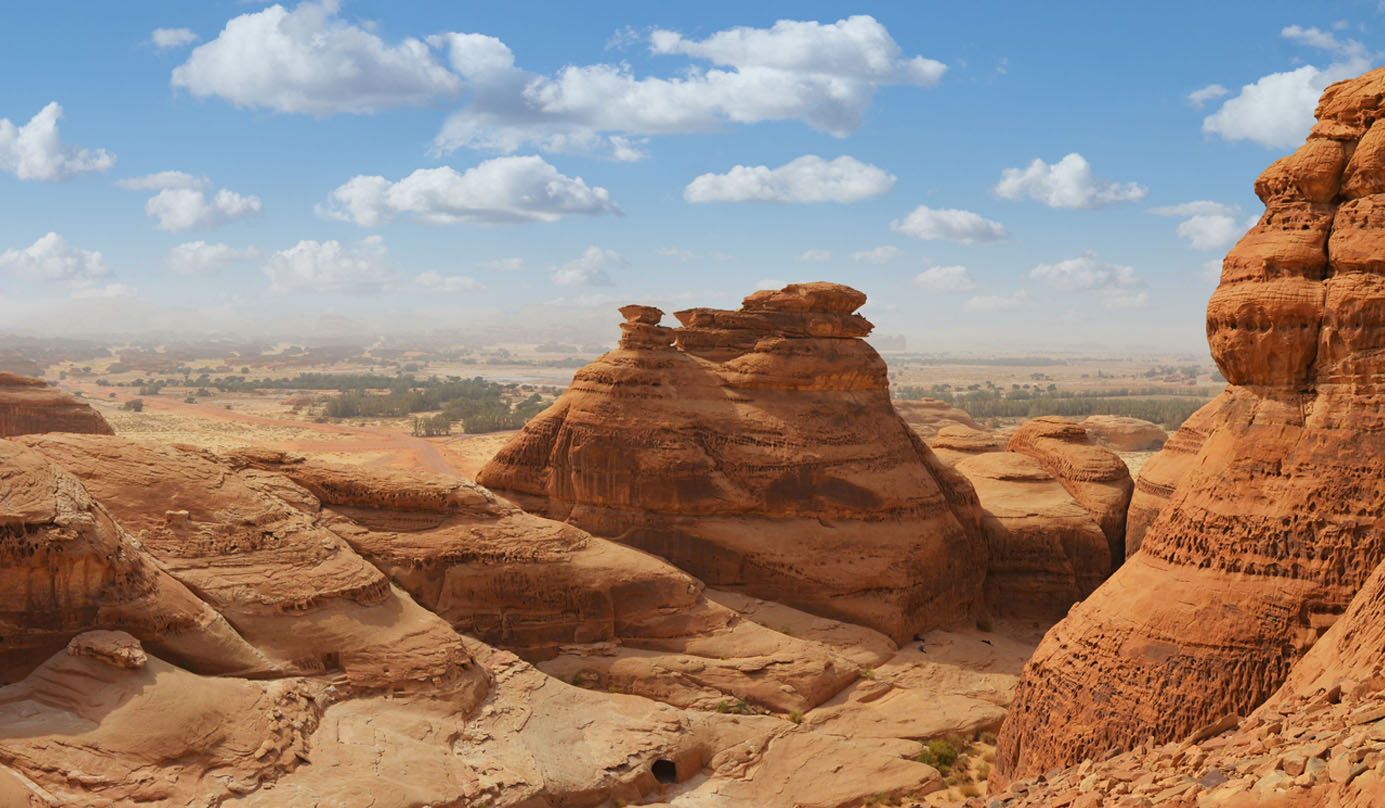
Have you seen a desert? No, not the sweet, tasty food that you eat after your main course. That is a dessert. A desert is an arid place that gets little rainfall.

Deserts do not have a lot of vegetation. That is because there is not much rainfall. The life that grows there is special. They have learned to live without much rain.

Cacti are special plants that can live in the desert. They are often thick. They can hold water for a long time if there is a drought. They have spikes. The spikes stop water from leaving the plant.

Cacti have small roots. They get to the rain quickly because they are not deep. A cactus can grow new roots in just two hours to get rain. After the rain, those roots die.

Animals have also found ways to avoid dehydration. Camels can last weeks without water. When they find water, they drink enough to last a long time. They can also control their body temperature so that they don't lose water by sweating.

Many deserts are hot. These deserts have sand hills called dunes. But not all deserts are hot.

Many people think all deserts are hot and sandy. We imagine nomads traveling through the hot desert looking for an oasis. But not all deserts look like this.

A desert is just a place where there is very little rain. The biggest desert in the world is Antarctica. There is no sand in Antarctica. It is a desert because there is little snow or rain. It is not what you think of when you hear the word desert.

About a third of the Earth is covered with deserts. The biggest hot desert in the world is the Sahara. Its land is part of twelve countries. Egypt, Chad, and Algeria are just three of those twelve.

Some deserts are habitable. Thanks to technology, humans have built cities in deserts. The city of Dubai is in a desert. Air conditioners are in every building. Sand was used to build more land on water.

But some deserts are uninhabitable. The Danakil Desert in Ethiopia has an average temperature of 40° Celsius. It has harmful gases in the air that poison humans. There are many active volcanoes. It is not a nice place to live!

Deserts can play tricks on humans. Sometimes, people think they see water. But it is a mirage. When light goes through air with different temperatures, it can bend. It creates an image of water that looks real. As you get closer, you realize that it is not. This is not a nice trick if you are thirsty!

The desert is a hard place to live, but many plants, animals, and people find a way. Do you think deserts are the least habitable biomes?